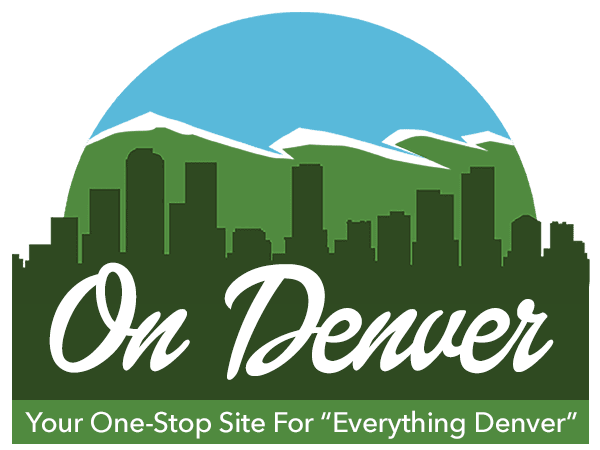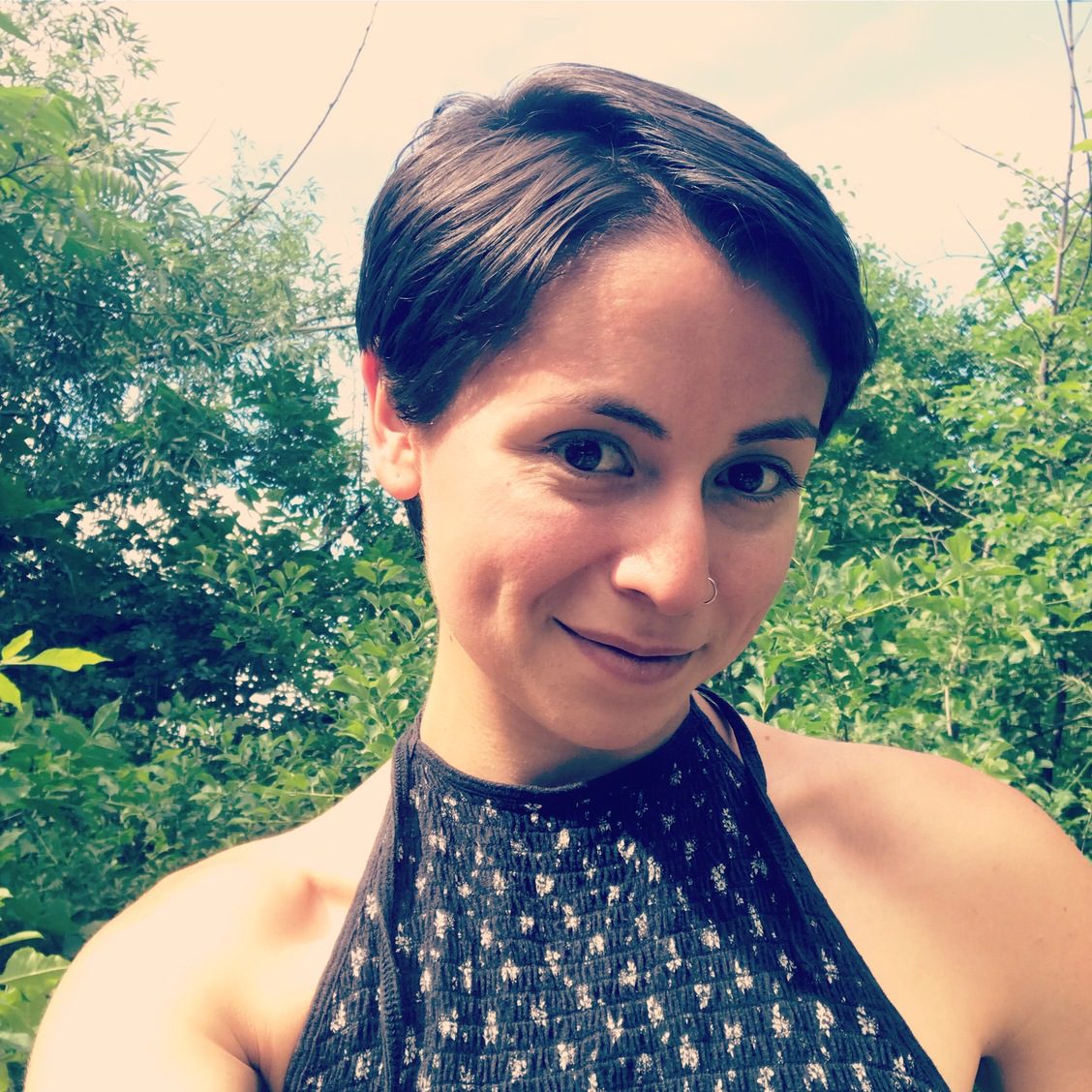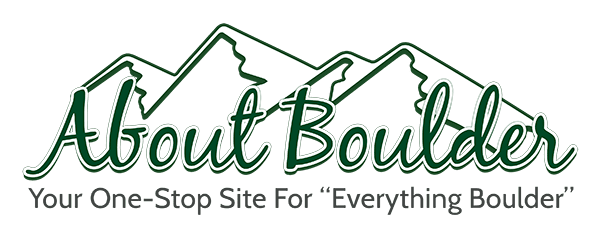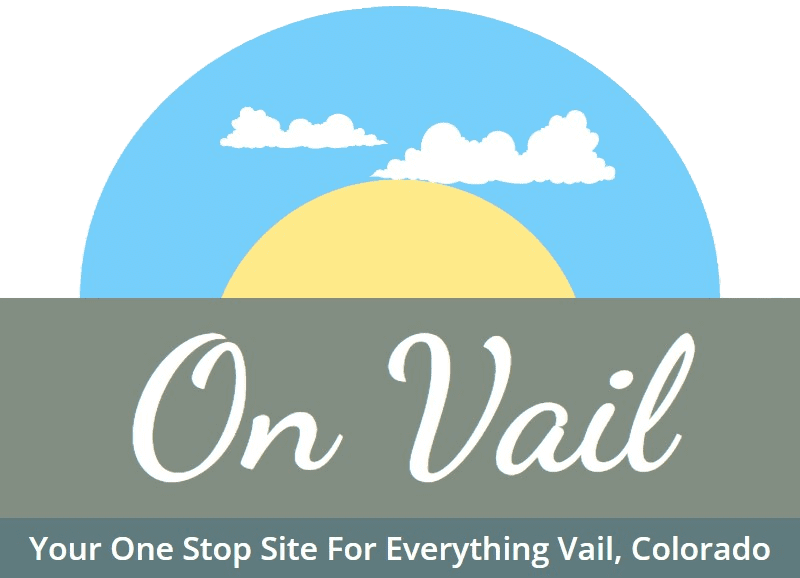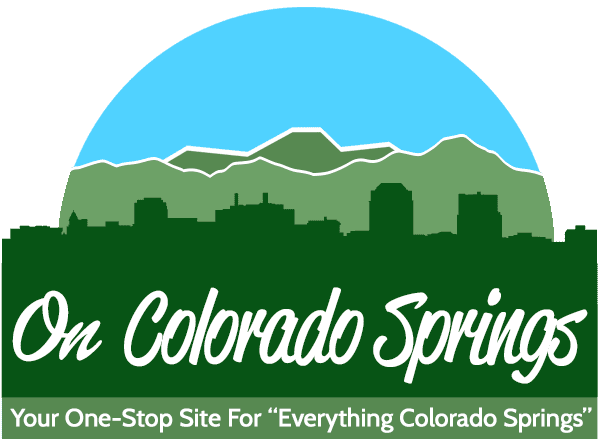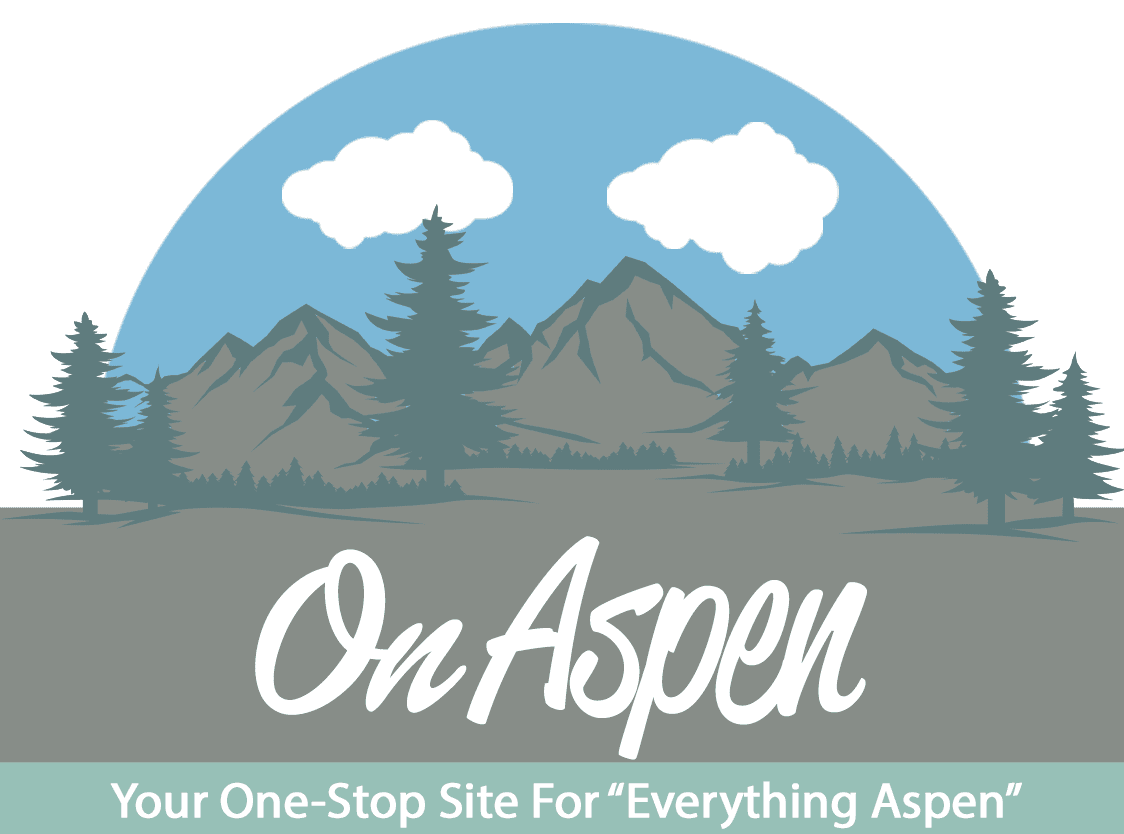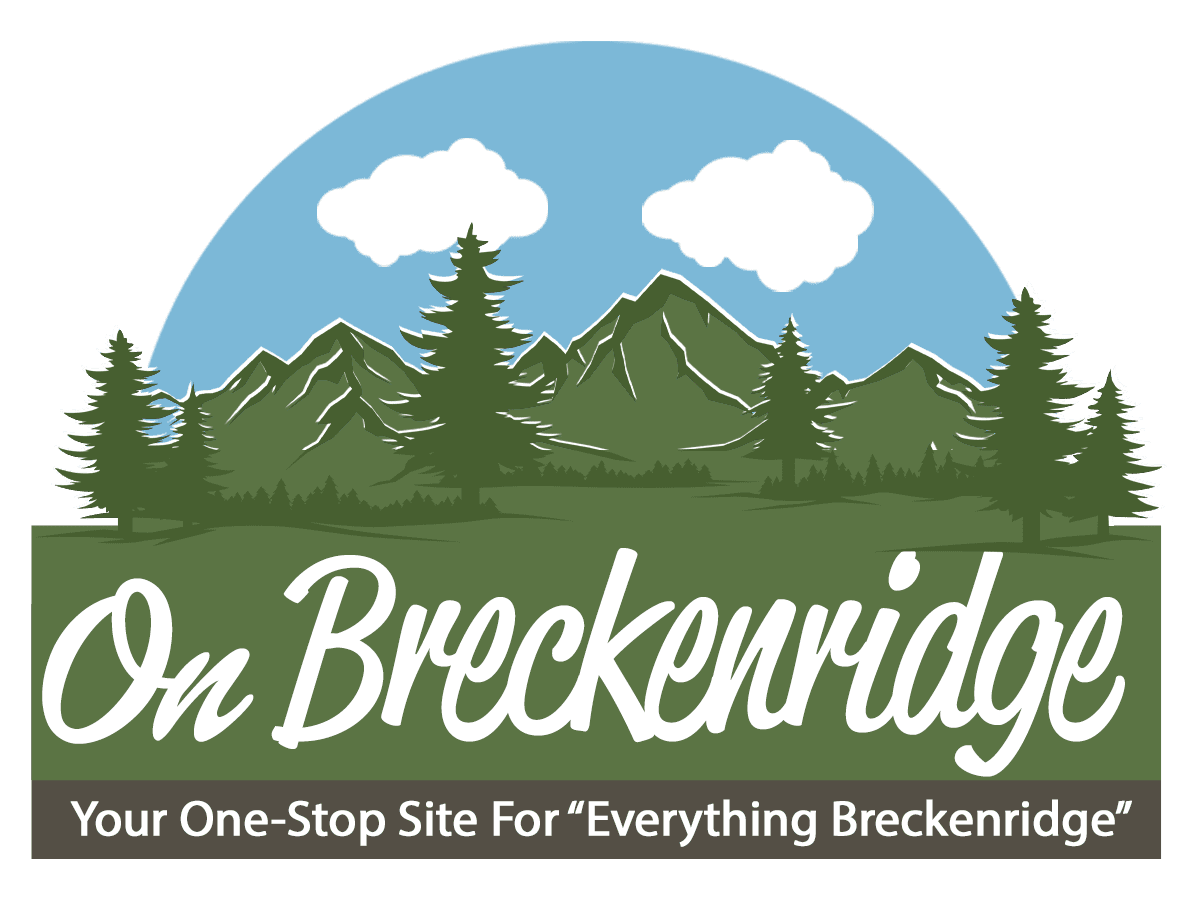New To Yoga? A 3-Step Beginner’s Guide For Starting Out
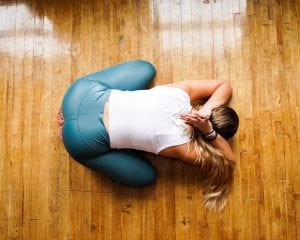
I remember the first time I unrolled a yoga mat. I was eighteen years old, shy, and slightly terrified. This feeling is not uncommon. In fact, it’s quite normal when tackling unfamiliar territory of any kind.
Yoga, as a discipline, is made up of several unique layers, with Asana (physical postures) being one of, if not the most popular (alongside meditation: Dhyana). As a multifaceted practice, it may feel overwhelming to know where to begin if you’re a new student. What approach do you take first in order to reap benefits in the long run without hindrance?
For the purposes of introducing newcomers to yoga, Asana alone will be discussed. If you are interested in starting yoga, but need approachable guidelines to go by, here’s how:
STEP I: TAKE ONLINE YOGA CLASSES

This would be my first suggestion.
If you are completely brand new to yoga, I highly advise that you ease yourself into the physical aspect of the practice in the comfort of your own home (make sure you have both mat and water bottle nearby). Practicing in studio settings can be incredibly intimidating for some who are just beginning.
I do not say this lightly.
Yoga studios are multi-sensory experiences. You must take into account the fact that you’ll be surrounded by people—some with more practice experience than others—and following pose sequences that may not yet be familiar.
If something out of a class setting were to make you uncomfortable (whether it be certain poses, hands-on adjustments, being in close proximity with other practitioners, the commands from the instructor…anything, really), the last thing you’d want is to walk away after class feeling permanently discouraged before you’ve even started.
Best to start at home, where you get to dictate your entire schedule and nobody else will be around. Even if it’s just for 20 minutes per day (or every few days) in the beginning, set aside some time to explore. My advice would be to practice first thing in the morning, when you have more energy. Consistency is key.
Nobody practices yoga for the same reason. From weight management to stress reduction to injury recovery, people come to yoga with their own personal backstories and desires. No room for judgment here: take online yoga classes that fit your individual needs, or read books with set sequences and pose explanations.
For free content, start by browsing YouTube.
You’d be surprised by how many yoga videos stream on this particular platform. Simply type into the search bar: “Yoga for beginners” or “Beginner yoga” (something along those lines). If you are looking to subscribe to a specific YouTube yoga channel with introductory yoga classes, I highly recommend following Yoga With Adriene.
Another great resource is Yoga Journal.
Not only does the site boast free yoga videos, it’s great for exploring blogs and information on individual poses as well as sequences. And, if your interest in taking up yoga is thoroughly piqued, this multimedia platform offers explanations into certain aspects of yoga’s history, alongside tidbits for upcoming events, food recipes, and finding teachers.
Want the feeling of being in a yoga studio within your home environment in order to test the waters? Head on over to Glo (formerly known as Yoga Glo).
With live classes filmed from an actual studio (located in Santa Monica, CA), Glo prides itself for hosting world-renowned yoga teachers to lead you through 30-minute to hour-long yoga practices. There are a variety of classes to choose from, including beginner-level courses. If you’re specifically seeking an instructor that has valuable firsthand experience in teaching yoga to beginners, lookup Jason Crandell on the site. He would be my number one teacher recommendation for this purpose.
Side Note: As with most online yoga class platforms, Glo offers a free trial period. For 15 days you can explore and practice unlimited yoga classes. Afterwards, you have the option of whether or not to invest in a monthly membership ($18/month unlimited), and can cancel at any time.
Play around with these recommendations. They are meant to act as introductory tools to yoga. Find the joy in taking up a new experience on your own time frame. See it as a form of self-care. Once you have practiced for a little while (this varies, depending upon the individual, but at minimum: 1 month of consistent practice) and if you desire more, then maybe consider investing in a couple private sessions with an instructor.
STEP II (OPTIONAL): TAKE A PRIVATE YOGA SESSION

One-on-one private sessions with a teacher can be incredibly valuable experiences in deciding which types of yoga work best for you.
Being private, these classes are designed to specifically suit your needs; the instructor will adjust each routine accordingly. This is also your opportunity to ask questions and gain valuable insight as to what a studio environment is like and what to expect.
Do not be afraid if you cannot do certain postures yet, and make sure to inform the instructor; they are here to guide you and to help personalize the experience to your benefit. Let them know what you wish to gain from each session. All attention is placed upon you—take advantage of it!
Consider this a precursor to practicing in a studio. Once you’ve practiced and studied for a little bit on your own (Step I), private sessions are a good way to get comfortable doing yoga with somebody else in the room.
How do you find an instructor?
If you happen to personally know somebody that teaches yoga, you’re one step ahead: ask if they’d be willing to give you a private session.
If not, then I’d suggest doing a quick Google search for nearby yoga studios. Pull up a few of these studios’ websites and browse to see if either the studio itself or any of the instructors offer private one-on-one classes. Or, an alternative suggestion would be Thumbtack. This site is specifically designed to put you in contact with local professionals, including yoga instructors. Just type in the words “Private yoga instructor” and then your zip code; you should see a list of certified teachers pop up in your area.
It’s important to note here that private sessions are more expensive.
Unlike streaming online yoga classes, or taking a drop-in class at a studio, one-on-one instruction can range anywhere from $50 to $100 per session (depending upon the instructor at hand).
It is for this reason alone that I consider this particular Step optional; it might not be doable for everyone, and that’s perfectly okay. If this happens to be the case, then go ahead and move on to the final Step.
Side Note: Once you really establish your yoga practice, and are still curious about private sessions, you can always return to this option down the line—even as you become more experienced.
STEP III: GO TO A BEGINNER-LEVEL CLASS AT A YOGA STUDIO

And here we are.
Once you’ve gotten used to doing yoga on your own (or with a private instructor) for quite some time and feel comfortable with it, take your practice into the yoga studio.
Sign up for a beginner-level yoga class and see how you like the experience of practicing amongst other people. Considering your preparation leading up to this point, it should (hopefully) feel less intimidating when you step onto your mat. Of course, it’s always natural to be a bit nervous in any new situation. But by investing in your practice ahead of time, you just might find the transition into a studio environment much smoother than expected.
When it came to my own practice starting out, I was thrown to the sharks immediately. A friend of mine introduced me to yoga, and kept dragging me back, class after class, until the practice stuck. But my experience is an outlier. Without encouragement and push from somebody else, I might have never gone back after my first class. It was, no doubt, intense.
Now, when it comes to introducing other introverted people to the practice in an approachable manner, I highly recommend the steps outlined above. Rather than push you to the deep end immediately, I encourage you to take one small dip at a time; build up your resilience for the long haul.
For those of you that are shy (like me) to new experiences, I encourage you to start out practicing on your own first. But if you’re eager to seek growth from challenge, feel free to go from the first step to the last two at any pace you wish.
Once you make it to a studio setting, explore beginner classes; see which instructors and studio environments jive with you most.
Being located in the Boulder, Colorado area, I recommend the following yoga studios for great beginner-level classes:
- The Little Yoga Studio (includes private instruction)
- Yoga Shala
- Amana Yoga
- Yoga Loft
- Yoga Pod
- Prana (free classes)
The key of opportunity unlocks everything else, from the studio setting onward. You just might find at some point that, after exploring the basics of yoga, you’ll desire more. From here, allow your newly developed practice to take shape any way you wish. Sign up for different classes, try various styles, partake in yoga workshops—whatever suits your individual needs.
From home to studio, let your yoga practice build you as a person, and remember to enjoy the process along the way!
Remember, it’s the journey, not the destination.
